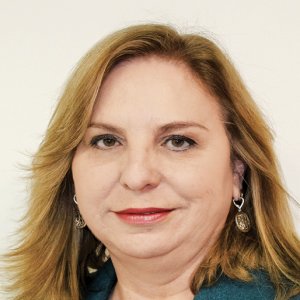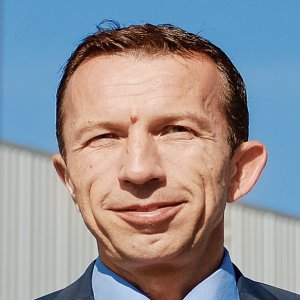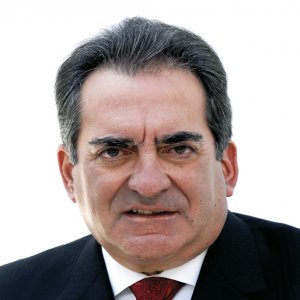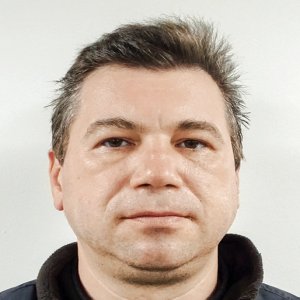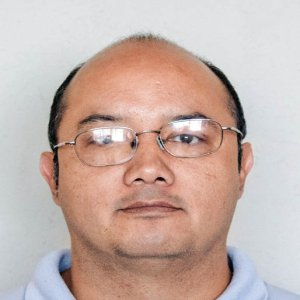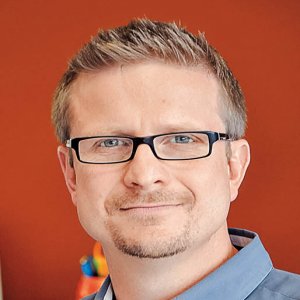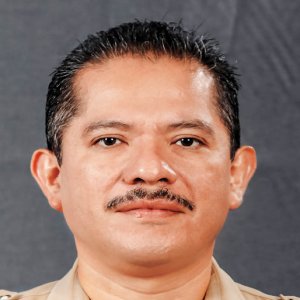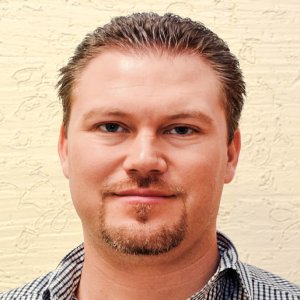Investment Key to International Competitiveness

Q: How has DINA moved its manufacturing services toward a more efficient and automated approach?
A: We improved our manufacturing quality through precise tooling solutions that offer better results in the final body assembly process. Our chassis operations also comply with all the required safety parameters and we are implementing robotic equipment for certain processes. This allows us to reduce margins for human error to a minimum, resulting in units with a high level of replicability.
Q: What technology has DINA implemented in its new units to offer increased efficiency at lower production costs?
A: Having reduced the weight of our vehicles through structural design enhancements and computer-assisted engineering validations, this led to lower aerodynamic resistances. The use of high-resistance plastic materials has been crucial in this process of substitut metallic parts. Electronic automatic transmissions are also an excellent solution for improving fuel consumption. Regarding alternative motorization, we have developed natural gas units to replace our diesel-powered vehicles. Similarly, we have worked on fully electric units connected by pantographs and diesel-hydraulic hybrid solutions that recover energy from braking, saving up to 28 percent of energy used. Our latest venture is battery-powered electric units.
We work with the Autonomous University of Mexico (UAM), the Advanced Technology Center of Queretaro (CIATEQ) and IPN's Center of Advanced Studies and Investigation (Cinvestav) in the development of these technologies and we expect to start collaborating with UNAM shortly. DINA is also present at several industry events where students and researchers are invited to present their projects. These are analyzed to determine their technical and economic viability for later incorporation to our units, such as a new dashboard we incorporated to our Linner 12 units to improve the driver’s visibility.
Q: How has DINA’s technology development strategy helped you attract clients?
A: Our strategy for technology integration has been to consider drivers' needs and the reality of Mexico’s urban and rural road infrastructure. Although fuel efficiency is a priority, we do not shy away from improvements to safety, comfort and maintenance costs. We have a 14 percent market share in the Mexican bus market and are leaders in natural gas engine fabrication and commercialization, with approximately 1,000 units already on the road.
Q: What is DINA’s strategy to include more local suppliers?
A: We need top-notch suppliers who can offer outstanding quality, cost competitiveness and efficiency so we can to deliver excellent results. This process also requires a strong collaboration among our suppliers and our quality, purchase and engineering departments. This lowers production costs and allows us to keep a close eye on our improvement process. We have financial support strategies for national suppliers as the only way to manufacture at an internationally competitive level and ultimately substitute imports is through investment in equipment, tooling, technology, human capital and new business propositions.
Q: How important are natural gas units for DINA’s commercial strategy and how are you promoting these types of solutions?
A: DINA has invested in the development of more efficient products. We introduced our natural gas units in 2009 back when they complied with EPA 2010 regulations. The current generation follows EPA 2014/Euro VI, which already surpasses Mexico’s EPA 2004/Euro IV regulations. This strengthens our commitment to technological development and energy efficiency, mitigating emissions according to goals established by the federal government and the international climate change initiative.
Our natural gas units do not depend on the availability of ultra-low sulfur diesel, making them a more viable choice for Mexico. As we specialize in these types of solutions, we become consultants and partners for our clients, carrying out route inspections to determine the most efficient type of unit for each corridor. Our in-house analysis tool helps us determine the most adequate financial model that would allow clients to transform their fleet or even install their own compression station.


